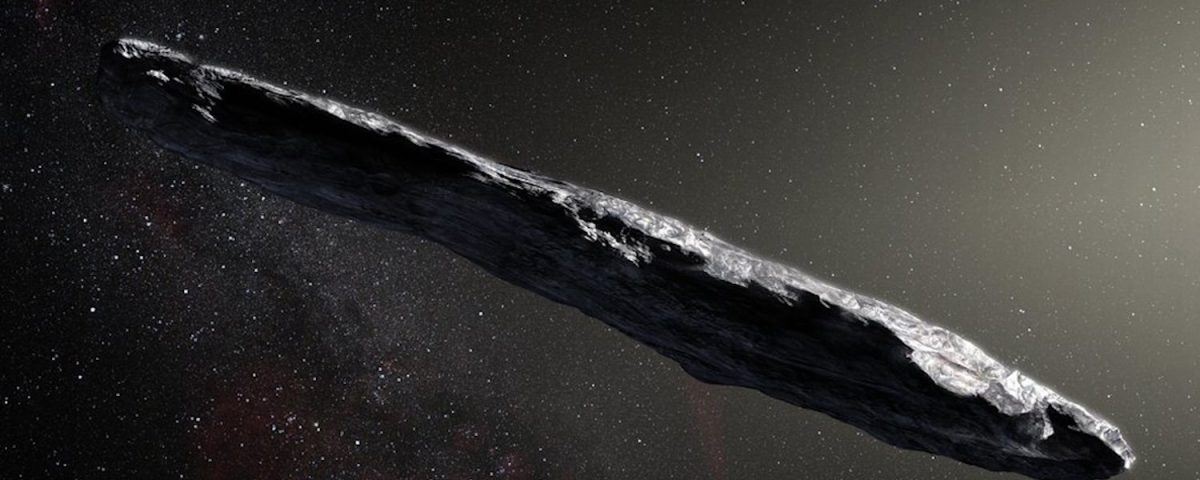Enigmatic ‘Dark Comets’ Come in Two Distinct Types, Study Finds

NASA Plans for ‘Continuous Heartbeat’ in Space After ISS Retirement
December 30, 2024
The Best Cyber Monday Mattress Deals
December 30, 2024Enigmatic ‘Dark Comets’ Come in Two Distinct Types, Study Finds
They look like asteroids, but act like comets.
Full Article
In 2017, an unexpected visitor with an oddly elongated shape zipped through the solar system. The interstellar object, later named âOumuamua, was initially classified as an asteroidâuntil measurements revealed it was accelerating away from the Sun, like a comet. This hybrid behavior led scientists to identify it as a dark comet: an object that looks like an asteroid but acts like a comet. Now, new research has doubled the number of known dark comets and grouped them into two distinct populations. A paper published this week in the Proceedings of the National Academy of Sciences details the discovery of seven dark comets, bringing the total number of known dark comets to 14. The study also reveals that these mysterious objects fall into two distinct groups based on their orbit and size. With this latest discovery, scientists are learning more about dark comets and their potential for having delivered the building blocks of life to Earth. The first dark comet was spotted in 2016 when scientists noticed that the trajectory of near-Earth asteroid 2003 RM was a little wonky for your typical space rock. “When you see that kind of perturbation on a celestial object, it usually means itâs a comet, with volatile material outgassing from its surface giving it a little thrust,â Davide Farnocchia, a researcher at NASAâs Jet Propulsion Laboratory, and co-author of the new study, said in a statement. “But try as we might, we couldnât find any signs of a cometâs tail. It looked like any other asteroid â just a pinpoint of light. So, for a short while, we had this one weird celestial object that we couldnât fully figure out.” The following year, ‘Oumuamua came onto the scene, and scientists immediately made the connection between the two objects. “The fact that the first object we discovered from interstellar space exhibited similar behaviors to 2003 RM made 2003 RM even more intriguing,” Farnocchia added. By 2023, six more celestial objects had been identified as having both asteroid and comet-like qualities, prompting researchers to officially grant them the title of dark comets. With the discovery of seven more dark comets, the researchers behind the new study felt it was time to begin probing the different characteristics of these objects. “We had a big enough number of dark comets that we could begin asking if there was anything that would differentiate them,â Darryl Seligman, a postdoctoral fellow in the department of Physics at Michigan State University, and lead author of the new paper, said in a statement. By analyzing their reflectivity and orbits, the researchers identified two distinct populations of dark comets within the solar system. The outer dark comets, which are similar to Jupiter-family comets, have highly eccentric, or elliptical, orbits and are on the larger side. The second group, inner dark comets, travel within the inner solar system in nearly circular orbits, and are on the smaller side. Researchers are barely scratching the surface of these strange objects. A recent study suggested that nearly 60% of all near-Earth objects are dark comets that may have been a part of much larger bodies in the main asteroid belt, a region of the solar system that lies between Mars and Jupiter, before being expelled and broken-up into smaller fragments that now travel closer to Earth. Dark comets may have played a crucial role in the origin of life on Earth. “Dark comets are a new potential source for having delivered the materials to Earth that were necessary for the development of life,” Â Seligman said. “The more we can learn about them, the better we can understand their role in our planetâs origin.”
asteroidscometsNASA
Get the best tech, science, and culture news in your inbox daily.
News from the future, delivered to your present.
Please select your desired newsletters and submit your email to upgrade your inbox.
The spacecraft survived scorching temperatures at a record proximity, and is expected to send details of its close call in the new year.
Parker Solar Probe will break its silence on Fridayâthat is, if it survived its closest approach to the Sun.
The Orion crew capsule is designed to jettison away from the SLS rocket in a launch abort scenario.
At 3.8 million miles from the Sun’s surface, Parker Solar Probe will be the closest a human-made object’s ever been to our host star.
The space agency is looking to maintain human presence in the microgravity environment as it transitions to commercial stations.
The otherworldly helicopter, with its 36 blades, is the size of an SUVâa major upgrade from Ingenuity’s four blades.
The Best Tech Gifts of 2024 â We may earn a commission when you buy through links on our sites.
©2024 GIZMODO USA LLC. All rights reserved. Mode
Follow us
Mode
Follow us

